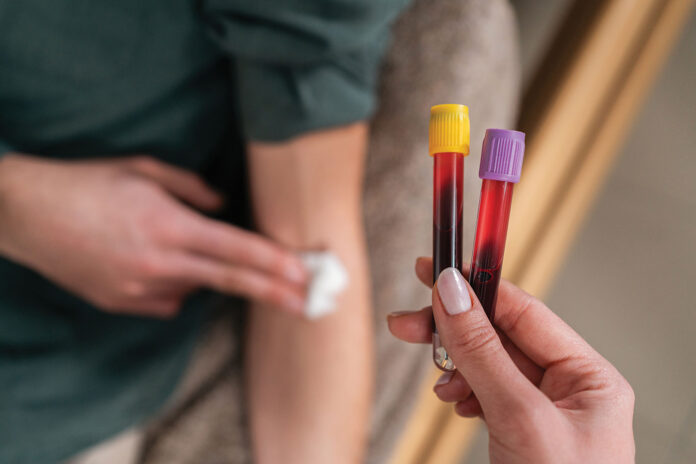
A strong association between radiation exposure from computed tomography (CT) scans and an increased risk of blood cancers in young people has been found in a multinational study of almost one million patients. The EPI-CT study was led by the Barcelona Institute for Global Health (ISGlobal).
“In terms of absolute risk, this means that, for every 10,000 children who have a CT scan, we can expect to see about 1-2 cases of cancer in the 12 years following the examination,” says first author Magda Bosch de Basea, ISGlobal researcher at the time of the study.
These results were published in Nature Medicine. The authors say their study, coordinated by the International Agency for Research on Cancer (IARC), highlights the importance of continuing to apply strict radiological protection measures, particularly in pediatric populations.
While CT is now a diagnostic staple, its extensive use has raised concerns about the potential cancer risks associated with exposure to ionizing radiation, particularly in young patients.
“The exposure associated with CT scans is considered low (less than 100 mGy), but it is still higher than for other diagnostic procedures,” notes Elisabeth Cardis, head of the Radiation Group at ISGlobal and senior author of the study. Previous studies have suggested an increased risk of cancer in in children exposed to CT scans.
It’s not an easy problem to address. As Cardis tells Inside Precision Medicine, “Radiation doses from CTs can vary substantially as they depend on the particular reason for the scan, the model of the scanner and the scanning protocol. Over time, doses in pediatrics have tended to decrease substantially.”
What’s more, the blood cancers are not simple to test for. At this point, Cardis says, the best strategy is just to use CTs cautiously.
Today, more than one million children in Europe alone undergo CT scans every year. “The procedure must be properly justified—taking into account possible alternatives—and optimized to ensure that doses are kept as low as possible while maintaining good image quality for the diagnosis,” Cardis explains.
“Alternatives to CT depend very much on the reason for the examination. It is best to speak with your physician to discuss whether a CT scan is necessary and whether, for your particular condition, there are alternatives,” she says.
For this study, clinicians, epidemiologists, and dosimetrists collaborated from nine European countries—Belgium, Denmark, France, Germany, Netherlands, Norway, Spain, Sweden, and the U.K.
“Implementing this large, multinational study was challenging—it involved extracting data from radiology records of 276 hospitals and linking them to population-based registries in nine countries, all while maintaining the confidentiality of the individuals’ data,” says Cardis.
The study analyzed data from almost one million patients who underwent at least one CT scan before the age of 22. The dose of radiation delivered to the bone marrow was estimated for each person. By linking this information to national cancer registries, EPI-CT researchers were able to identify those who developed a blood cancer over time.
The results show a clear association between the total radiation doses to the bone marrow from CT scans and the risk of developing blood cancers—myeloid and lymphoid malignancies. A dose of 100 mGy multiplied the risk of developing a blood cancer by a factor of about 3. These results suggest that a typical scan today (with an average dose of about 8 mGy) increases the risk of developing these malignancies by about 16%.













